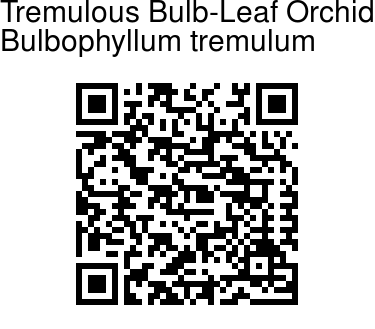

In Proceedings of the 15th International Conference on Audio Mostly (AM’20), Graz, Austria, 15–17 September 2020 pp. Quantum synth: A quantum computing-based synthesizer. Springer Nature: Cham, Switzerland, 2022 pp.

In Quantum Computer Music: Foundations, Methods and Advanced Concepts Miranda, E.R., Ed. Quantum Representations of Sound: From Mechanical Waves to Quantum Circuits. Applications of QuantumAnnealing to Music Theory.

Quantum Computer Music: Foundations and Initial Experiments. A Quantum Natural Language Processing Approach to Musical Intelligence. (Ed.) Quantum Computer Music: Foundations, Methods and Advanced Concepts Springer Nature: Cham, Switzerland, 2022 ISBN 978-9-3. In Quantum Computing in the Arts and Humanities Miranda, E.R., Ed. Quanta in Sound, the Sound of Quanta: A Voice-Informed Quantum Theoretical Perspective on Sound. Exploring the Application of Gate-Type Quantum Computational Algorithm for Music Creation and Performance. Turner/BBVA Group: Madrid, Spain, 2013 pp. In Change: 19 Key Essays on How the Internet is Changing Our Lives Vazquez, J., Morozov, E., Castells, M., Gelemter, D., Eds. The Music Industry in an Age of Digital Distribution. Master’s Theses, California State University, St. Computer Technology in Modern Music: A Study of Current Tools and How Musicians Use Them. The authors declare no conflict of interest. Additionally, they illustrate how such emerging technology is leading to new approaches to musical instrument design and musical creativity. Q1Synth and Spinnings are examples of how creative practices can open the doors to new application pathways for quantum computing technology. A setup developed for a musical performance, Spinnings, with three networked Q1Synth instruments is also reported. The paper explains how Q1Synth works and details its implementation. Currently, Q1Synth uses three different techniques to make sounds: frequency modulation (FM), subtractive synthesis, and granular synthesis. The computer subsequently returns the measurement, which is also rendered into sound. Then, it sends the program to a quantum computer over the cloud for processing, that is, measuring, in quantum computing terminology. When the performer activates this key, the instrument generates a program (also known as a quantum circuit) to create the current state vector. While the sphere is rotated, a continuously changing sound is produced. Alternatively, a gesture controller can be used, e.g., a VR glove. The performer plays the instrument by rotating this sphere using a mouse. The instrument is presented on a computer screen (or mobile device, such as a tablet or smartphone) as a Bloch sphere, which is a visual representation of a qubit. This paper introduces Q1Synth, an unprecedented musical instrument that produces sounds from (a) quantum state vectors representing the properties of a qubit, and (b) its measurements.


 0 kommentar(er)
0 kommentar(er)
